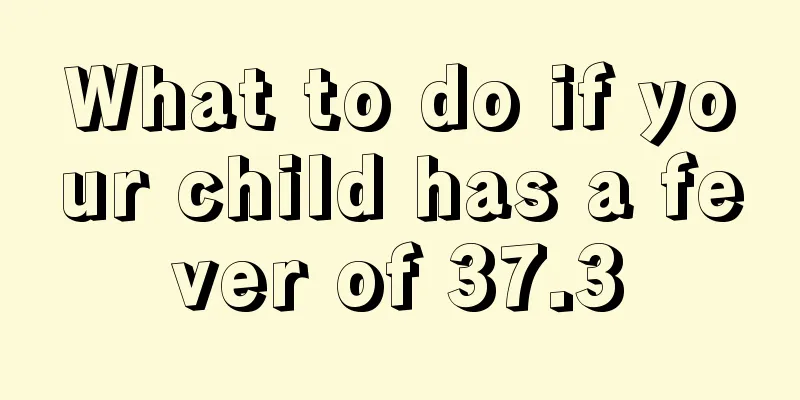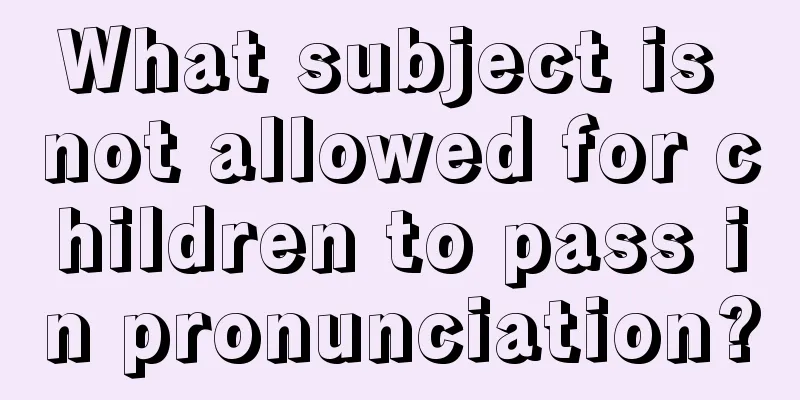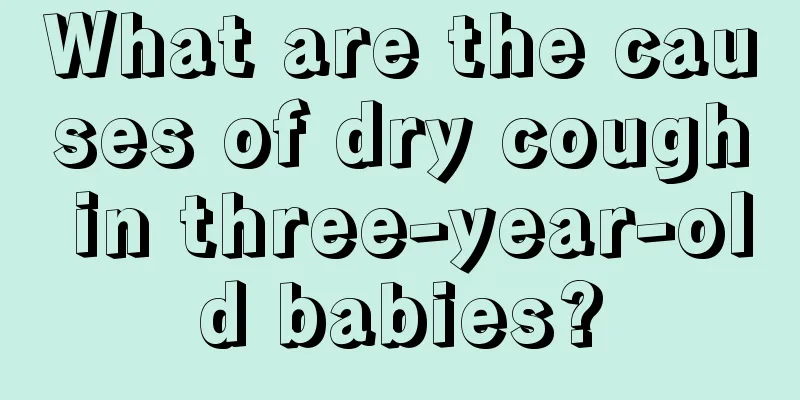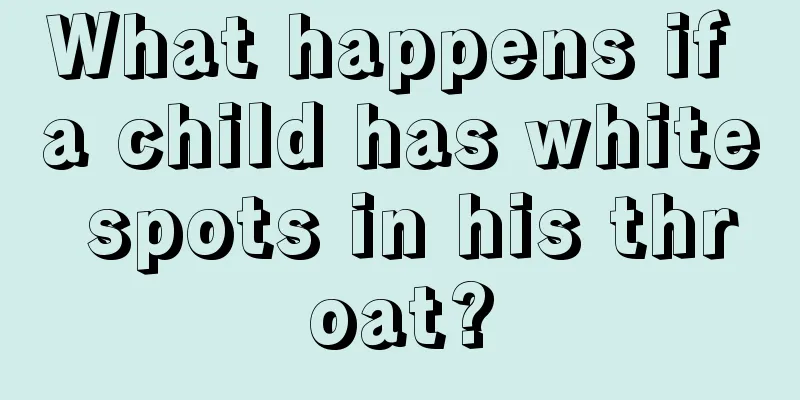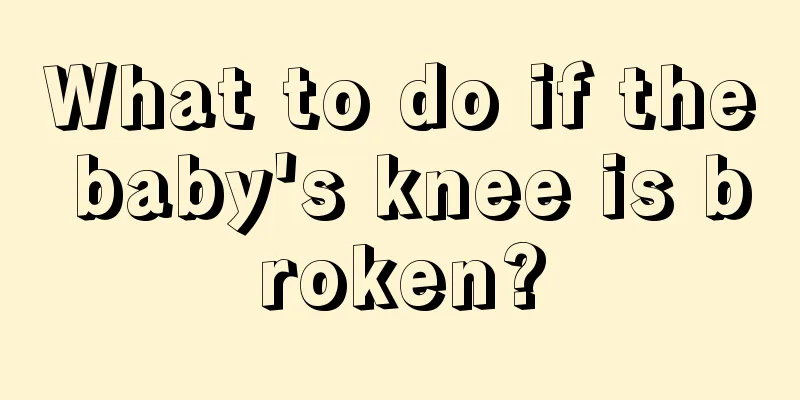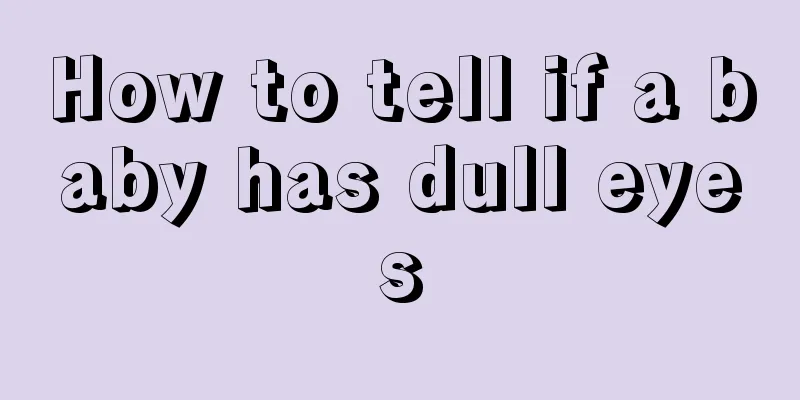What to do if your baby has ventricular septal defect
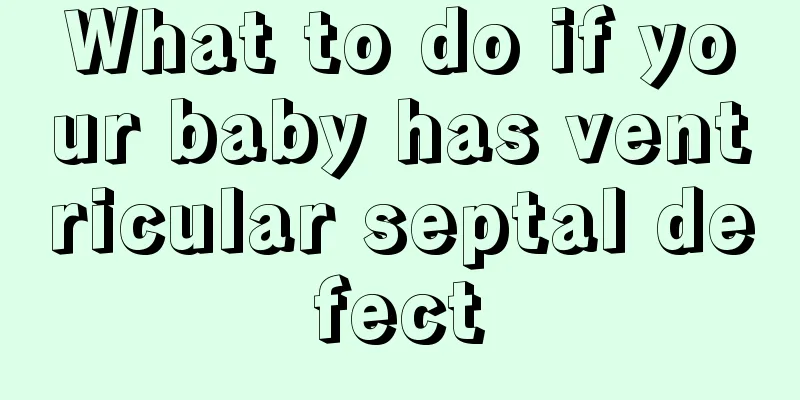
|
It is very difficult to treat a child with a ventricular septal defect. Most of these diseases are congenital. If a child has this disease, he or she needs timely rescue. It is also very troublesome to control a congenital disease. However, for the sake of the child's life, the child must be treated symptomatically in time. If the baby's ventricular septal defect is severe, surgical treatment is required. So what should be done with a baby's ventricular septal defect? 1. Treatment of small defects: Small defects refer to defects with a diameter less than 0.5 cm, mild clinical symptoms, and high activity levels in children. In addition to heart murmurs during physical examination, other examinations including electrocardiograms and chest X-rays are normal. However, echocardiograms or cardiac color Doppler ultrasound examinations can sometimes confirm small defects. For such small defects, about 1/2 to 2/3 can be closed naturally from birth to 5 years old. If they still cannot be closed naturally after 5 years old, surgical treatment should be considered. For these small defects, open-chest heart surgery will cause great damage to the child's body, which is naturally not cost-effective. At present, the pediatric cardiology departments of several large hospitals in my country have officially launched "surgery for repairing ventricular septal defects through cardiac catheterization", which means that there is no need for open-chest heart surgery. This is a very effective and ideal surgery with minimal trauma. 2. Treatment of medium-sized defects: It means that the largest diameter of the defect is 0.6 to 0.9 cm. Symptoms may appear after the child is born. The child may have repeated respiratory infections, coughs, fatigue after activities, blue around the mouth when the baby cries violently, etc., but some do not have many symptoms, but they are not as good as children of the same age in strenuous exercise. Moderate defects are easy to diagnose. The timing of surgical treatment is determined by the presence or absence of symptoms, cardiac signs, whether pulmonary hypertension has formed, and the enlargement of the heart found in electrocardiogram, X-ray chest film, echocardiogram or color cardiac ultrasound examination. If the symptoms and heart condition allow, you can wait until after 2 years old. If the heart is enlarged and there is early pulmonary hypertension, the operation should be performed before 2 years old, or even before 1 year old. At present, most moderate defects can be treated with cardiac catheters for ventricular septal defects. If the location of the defect is special or there are other contraindications to cardiac catheter surgery. If a child has ventricular septal defect, it is necessary to choose this method of treatment in time, because this disease has a great impact and harm on the child. If this disease suddenly becomes serious, it is easy to be life-threatening, and the mortality rate of this disease is very high. Therefore, once a child suffers from this disease, he must be sent to the hospital for treatment in time. |
<<: What to do if your child has eye bags
>>: What to do if your child keeps having a dry cough
Recommend
How to treat otitis externa in children
Only with good health can we enjoy life better, s...
Breakfast recipes for eight-month-old babies
Now the baby's health has become the most imp...
There is a red spot on the back of the newborn's head
For newborns, many mothers will carefully observe...
What to do if your child has a cold, fever, and diarrhea
It is quite common for children to have colds, fe...
What should I do if my baby’s tongue is cut by teeth?
When babies just learn to walk, falling is inevit...
Why is the kid dizzy?
Nowadays, many families have only one child. Alth...
Why do children have head lice?
Children have a smaller range of activities and t...
What are the prevention measures for infectious diseases in children in spring?
Everything comes to life in spring, but it is als...
Heat rash on newborn baby
Many people know that newborns are a relatively v...
Why does my child always have a low-grade fever?
Children have relatively poor resistance, so it i...
What causes a runny nose in children?
From the clinical manifestations, most of the tim...
What are the solutions for one-year-old babies who don’t like to eat milk powder?
Babies cannot always drink breast milk, because a...
How to train your baby to sit
As babies grow up, they will learn various abilit...
Red spots on the child
There are many reasons why children have red spot...
What should we pay attention to when children have small intestinal prolapse?
Children always have some problems when they are ...
